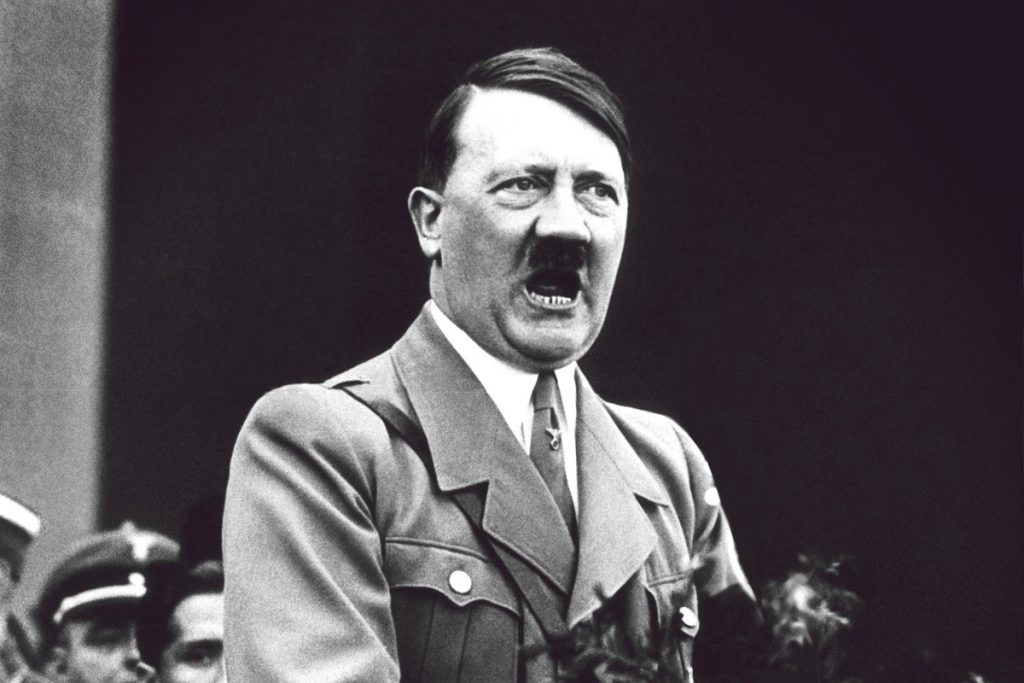
Churchill Archive
“The Truth About Hitler”

Adolf Hitler, Chancellor of Germany
October 1, 2018
Pamphlet containing a reprint of WSC’s article published by the Trustees for Freedom and stamped “Banned in Germany”
On 30 January 1933 Adolf Hitler was made Chancellor of Germany, and only a few months later, on 14th October 1933 – now 85 years ago – Germany announced its withdrawal from the League of Nations after the three Allied powers declined its request to increase its military power. The featured document this month illustrates the interwar circumstances which led to Hitler’s rise to power. The Treaty of Versailles which had brought the First World War to an end in 1919 required Germany to accept responsibility for the loss and damage caused in warfare, forcing the country to disarm, make substantial territorial concessions, and pay reparations (fixed at £6.6 billion). These arguably excessive demands, the result of the “lethargy and folly” of British and French governments, added to Germany’s resentment against the victorious Allied powers. When Germany proved unable to keep up with the reparation payments, France and Belgium invaded the Ruhr, taking control of the industry to extract the reparations themselves. The government tried to remedy the economic impact by printing more money, which led to hyperinflation. During the 1920s, the US government supported the German economy with loans in what became known as the ‘Golden Years’, but the collapse of the American economy after the Wall Street Crash during the autumn of 1929 returned Germany to high unemployment and severe poverty.
In this climate of disenchantment, Hitler appealed to the German people by promising to break free of the restrictions of the Treaty of Versailles. He aimed to reduce unemployment by recruiting a large army and building a new navy and air force. Having achieved full control over the legislative and executive branches of government, Hitler and his allies began to suppress the remaining opposition. On 2 May 1933 all trade unions were forced to dissolve and their leaders were arrested, and by the end of June 1933, the other parties had been intimidated into disbanding. The demands of the SA, the Nazi Party’s original paramilitary, for more political and military power caused anxiety among military, industrial, and political leaders. In response, Hitler purged the entire SA leadership in the Night of the Long Knives, which took place from 30 June to 2 July 1934. This first Nazi blood bath set Hitler on a path to destroy political opposition and ‘undesirable’ elements of German society, from the 1935 Nuremberg Laws up to the “Final Solution”. He ultimately fulfilled Churchill’s 1935 notion of Hitler as a potential villain capable of leading Germany to war and slaughter once more.
Subscribe
WANT MORE?
Get the Churchill Bulletin delivered to your inbox once a month.


